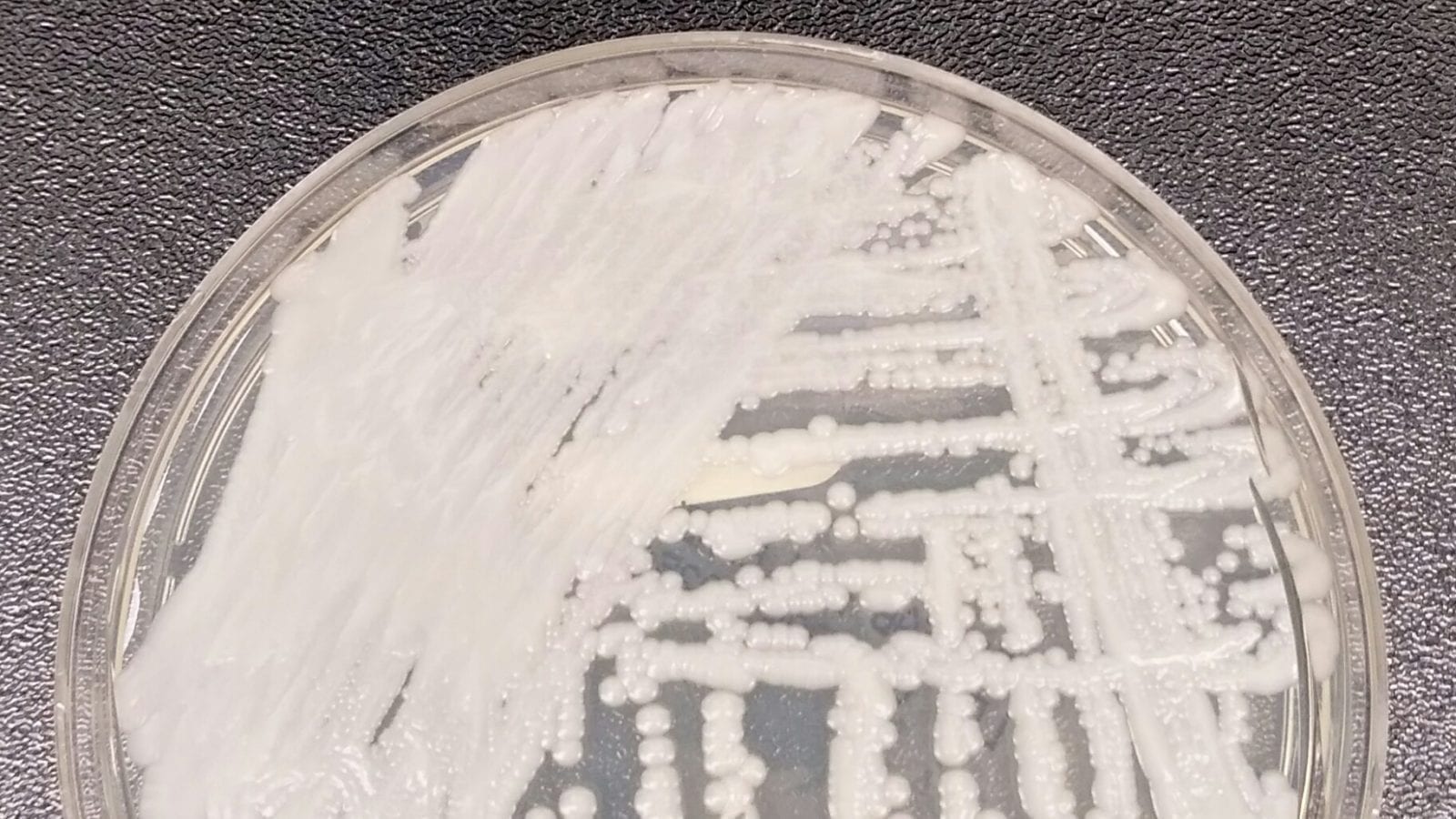A deadly fungus which thrives in hospitals, recently arrived in America, has the acting director of the Center for Disease Control and Prevention scrambling to prevent a catastrophe.
Although the fungus, still commonly called by its scientific name, Candida auris, was identified as a threat over a month ago, its rapid spread has health officials worried. A virulent strain of yeast, C. auris is hard to detect. It quickly erodes the physical well-being of elderly and newborn patients and is resistant to common medications and antifungal treatments.
Dr. Anne Schutat, acting director of the CDC, told STAT News the bug poses a “catastrophic threat” to the public, noting an increase of cases in the Northeast.
While most C. auris infections have appeared in New Jersey and New York hospitals, cases have been reported in Maryland, Massachusetts, Indiana, and Illinois.
Patients who are infected by C. auris are more likely to pass away than not. Due to the fungus’ tendency to target individuals with weakened immune systems, such as infants and the elderly, it can act as a catalyst towards death for those suffering other ailments.

“It’s acting like a ‘superbug’ bacteria,” said Dr. Page Armstrong, also of the CDC. She noted the difficulty in treating C. auris lies not only in its difficulty to treat, but also to detect.
Since traditional fungal identification techniques don’t work, the Center for Disease Control and Prevention is trying to inform medical professionals in at-risk hospitals of the threat. Once C. auris is confirmed as being present at a facility, action needs to be taken fast.
The fungus can survive in isolation for extended periods of time. C. auris can attach itself to human skin for months on end. It can also persist for weeks clinging onto “bed rails, chairs, and other hospital equipment.”
However, C. auris does have several apparent weaknesses. When LegalReader first covered the outbreak in March, I explained how the fungus had traveled from Japan across Asia. From China and the mainland it swept westward across the Middle-East, Europe, and the British Isles. Researchers from around the globe have begun looking into methods for treatment involving C. auris’ inability to germinate or produce spores – traits most other varieties of fungus possess. It isn’t always dangerous, either, as only C. auris strains endowed with especially “destructive enzymes” can assist in it manifesting as a life-threatening infection.
“The emerging fungal species has started to infect patients globally, causing invasive infections that are associated with a high death rate,” said Professor Mahmoud Ghannoum last month, while discussing difficulties in treating C. auris. Ghannoum teaches at the Case Western Reserve School of Medicine.
“It is multidrug resistant, and some strains isolated from patients are resistant to all commercially available antifungal drugs. Multidrug-resistance used to be reported to bacteria only, and now we must add fungi to the list,” observed Ghannoum.
Microbiologists at Case Western Reserve are optimistic about a drug currently in development, which has had some success in treating C. auris on laboratory test animals.
Sources
‘Catastrophic threat’: CDC chief fears a deadly superbug’s spread


Join the conversation!